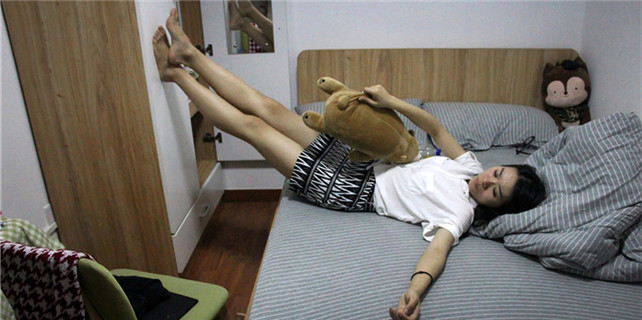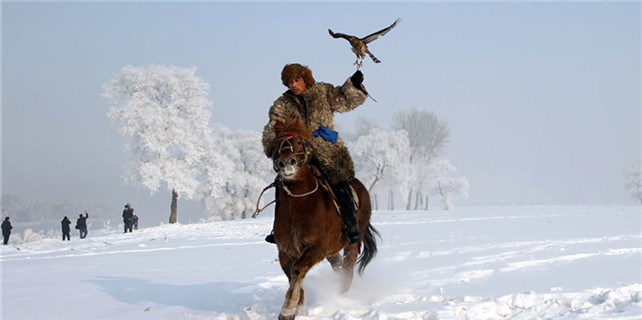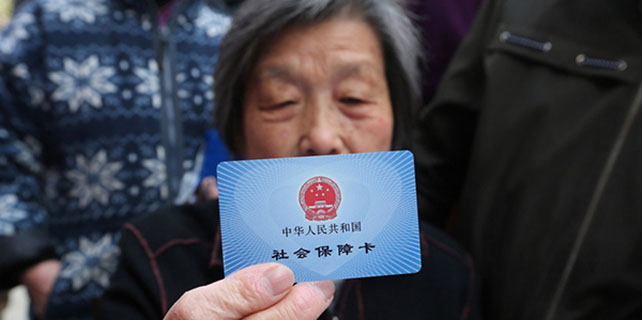Samba gets new rhythms 100 years after first recording
Evolution
Samba has its roots among the slaves of Brazil's northeast Bahia before arriving in Rio, then the country's capital, where it took form and became the soul of the Brazilian carnival.
Today, samba rhythms and songs are omnipresent, from the February carnivals to dance clubs, and are one of the most internationally recognizable symbols of Brazil.
But the music rooted in African traditions has not stood still.
Since that recording of Pelo Telefone, samba has picked up layers from the Argentinian tango, the jazz-influenced Bossa Nova, samba-funk and today everything from samba-rock to samba-rap.
One of the biggest sources of regeneration for samba can be traced to another Rio neighborhood, Lapa, which was also long run-down but re-emerged in the late 1990s as a nightlife hub.
Clubs like Carioca da Gema and Rio Scenarium were catalysts for a more professional and adventurous set of samba musicians like Moyseis Marques, Teresa Cristina, Mariene de Castro, Julio Estrela, Nilze Carvalho and second generation stars, like the children of well-known sambista Serginho Procopio.
"Our generation has this idea that everything is samba. So we have no qualms about adding a guitar or a piano," says Marques, 37. "We're seeking more harmony."
The lyrics are also adapting to the new sounds and new times.
If the historic first recording sang about the then new-fangled telephone, current star Arlindo Cruz peppers his lyrics with talk of social networks and messaging service WhatsApp.
"Samba is alive, strong and creative," says historian Andre Diniz, although he adds that the music was not "for the masses. Its fans have an intellectual, middle class aspect".
At its best, samba continues to bring together old and new, just as the Rio musicians modernized what had originally been a slave tradition in the faraway north-east.
















